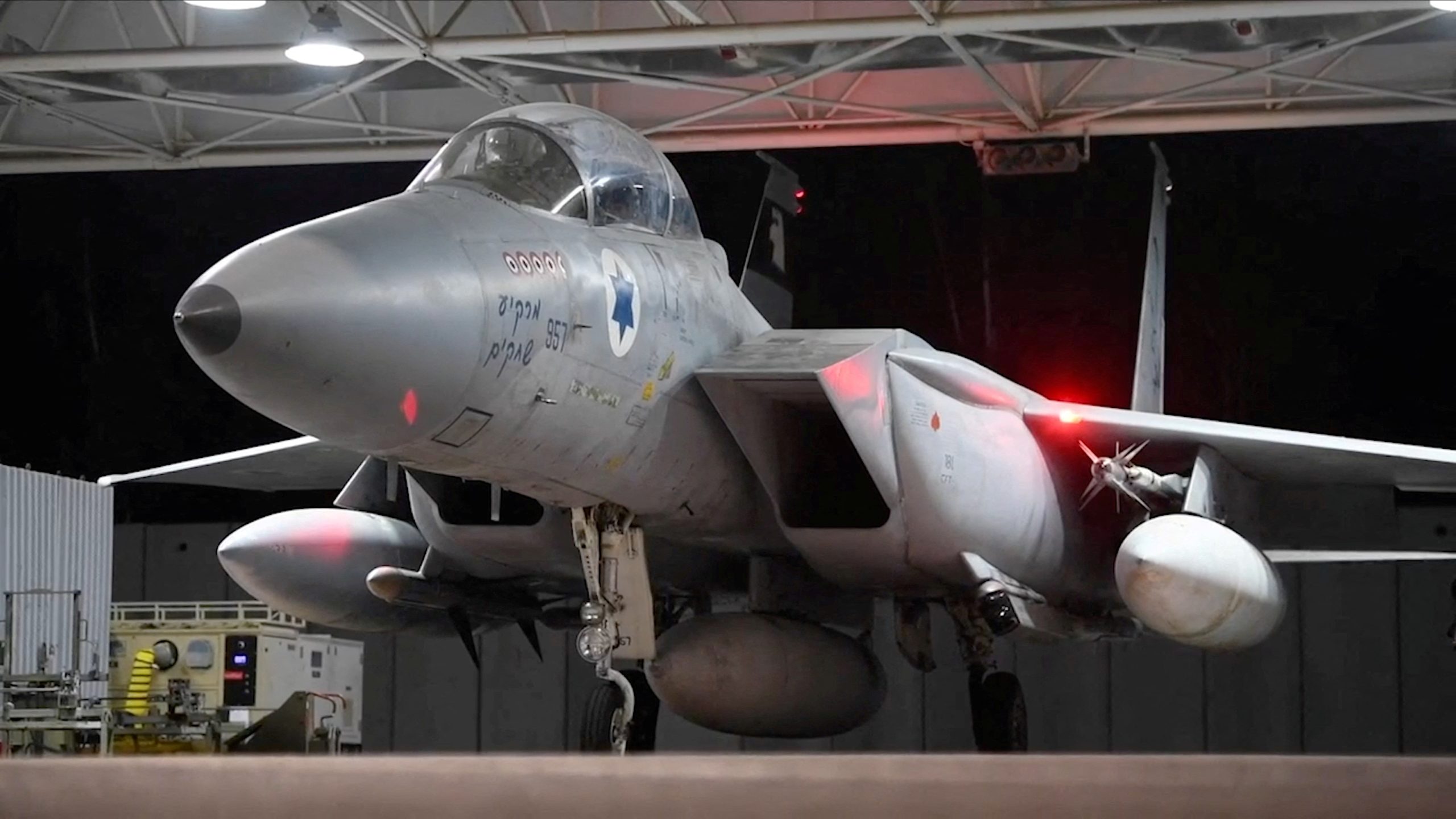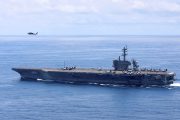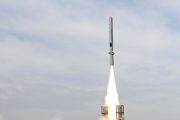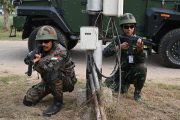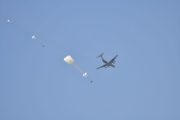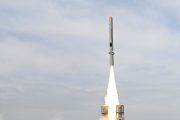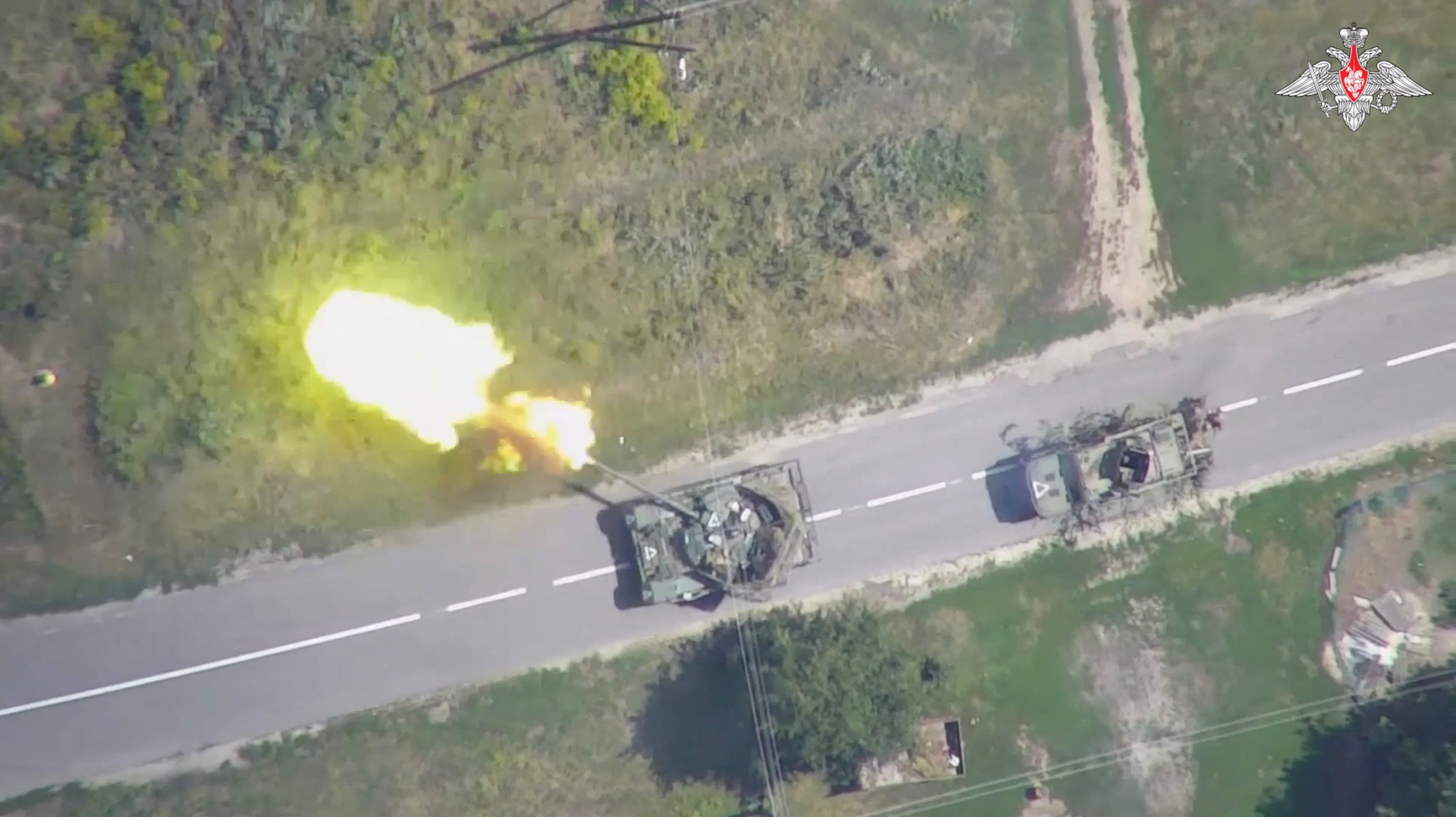Multiple agencies and individuals are working to identify targets struck by the Israelis in their attacks on Iran yesterday. An American researcher said an airstrike on Saturday hit a building that was part of Iran’s defunct nuclear weapons development program, and he and another researcher said facilities used to mix solid fuel for missiles were also struck.
The assessments based on commercial satellite imagery were reached separately by David Albright, a former U.N. weapons inspector, and Decker Eveleth, an associate research analyst at CNA, a Washington think tank.
They told Reuters that Israel struck buildings in Parchin, a massive military complex near Tehran. Israel also hit Khojir, according to Eveleth, a sprawling missile production site near Tehran. Eveleth said the Israeli strikes may have significantly hampered Iran’s ability to mass-produce missiles.
The Israeli military said three waves of Israeli jets struck missile factories and other sites near Tehran and in western Iran early on Saturday in retaliation for Tehran’s October 1 barrage of more than 200 missiles against Israel.
Iran’s military said the Israeli warplanes used very light warheads to strike border radar systems in the provinces of Ilam, Khuzestan and around Tehran.
In posts on X, Albright said commercial satellite imagery showed that Israel hit a building in Parchin called Taleghan 2 that was used for testing activities during the Amad Plan, Iran’s defunct nuclear weapons development program.
The U.N. nuclear watchdog, the International Atomic Energy Agency, and U.S. intelligence say Iran shuttered the program in 2003. Iran denies pursuing nuclear weapons. Albright, head of the Institute for Science and International Security research group, was given access to the program’s files for a book after they were stolen from Tehran by Israel’s Mossad intelligence agency in 2018.
On X, he said the archives revealed that Iran kept important test equipment in Taleghan 2. Iran may have removed key materials before the airstrike, he said, but even if no equipment remained inside the building would have provided intrinsic value for future nuclear weapons-related activities.
Albright told Reuters that commercial satellite imagery of Parchin showed Israel damaged three buildings about 320 m from Taleghan 2, including two in which solid fuel for ballistic missiles was mixed.
Eveleth said an image of Parchin from Planet Labs, a commercial satellite firm, showed that Israel destroyed three ballistic missile solid fuel mixing buildings and a warehouse in the sprawling complex.
Planet Labs imagery also showed that an Israeli strike destroyed two buildings in the Khojir complex where solid fuel for ballistic missiles was mixed, he said. The buildings were enclosed by high dirt berms, according to the image reviewed.
Such structures are associated with missile production and are designed to stop a blast in one building from detonating combustible materials in nearby structures. Israel says they targeted buildings housing solid-fuel mixers, Eveleth said. These industrial mixers are hard to make and export-controlled. Iran imported many over the years at great expense, and will likely have a hard time replacing them.
With a limited operation, he said, Israel may have struck a significant blow against Iran’s ability to mass-produce missiles and made it more difficult for any future Iranian missile attack to pierce Israel’s missile defenses.
Axios reported that Israel destroyed 12 planetary mixers used to produce solid fuel for long-range ballistic missiles, quoting three unnamed Israeli sources as saying this severely damages Iran’s ability to renew its missile stockpile and could deter Iran from further massive missile strikes against Israel.
Iran has the Middle East’s largest missile arsenal and supplied missiles to Russia for use against Ukraine, and to Yemen’s Houthi rebels and the Lebanese militia Hezbollah, according to U.S. officials.
Tehran and Moscow deny that Russia has received Iranian missiles.
Planet Labs imagery reviewed earlier this year by Eveleth and Jeffrey Lewis of the Middlebury Institute of International Studies at Monterey showed major expansions at Khojir and the Modarres military complex near Tehran that the pair assessed were for boosting missile production. Three senior Iranian officials confirmed that conclusion.
Team BharatShakti
(With Inputs from Reuters)





